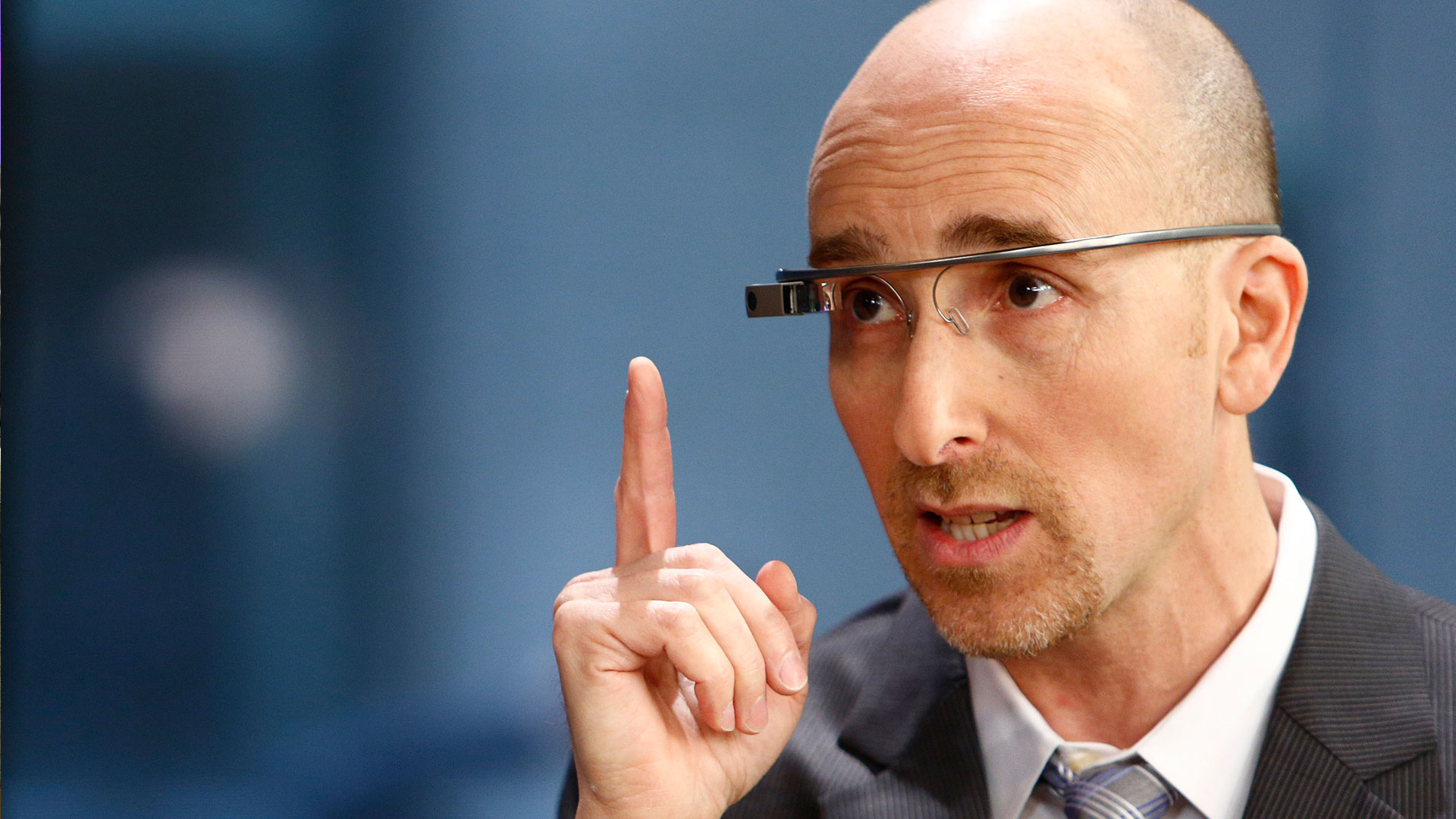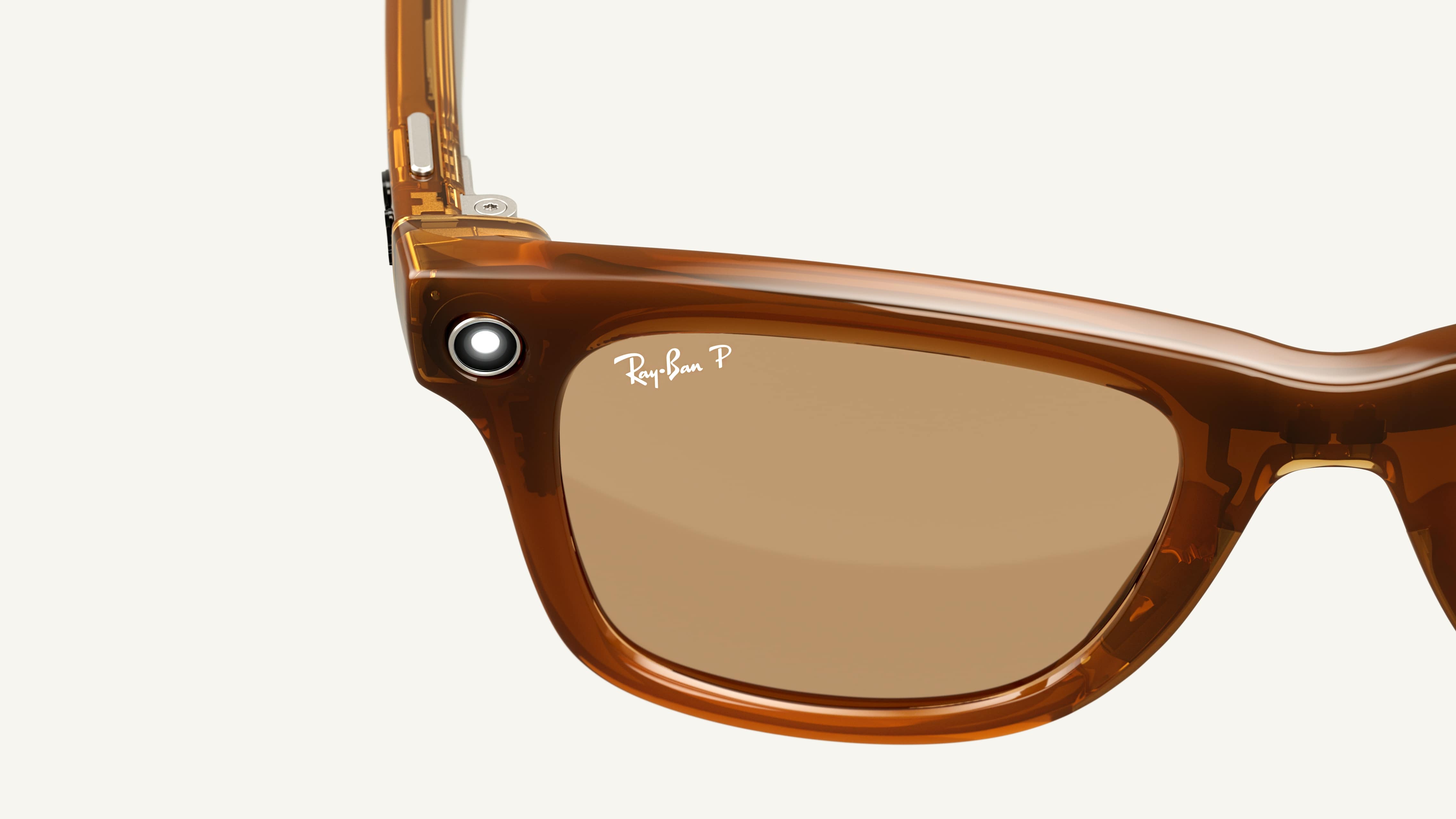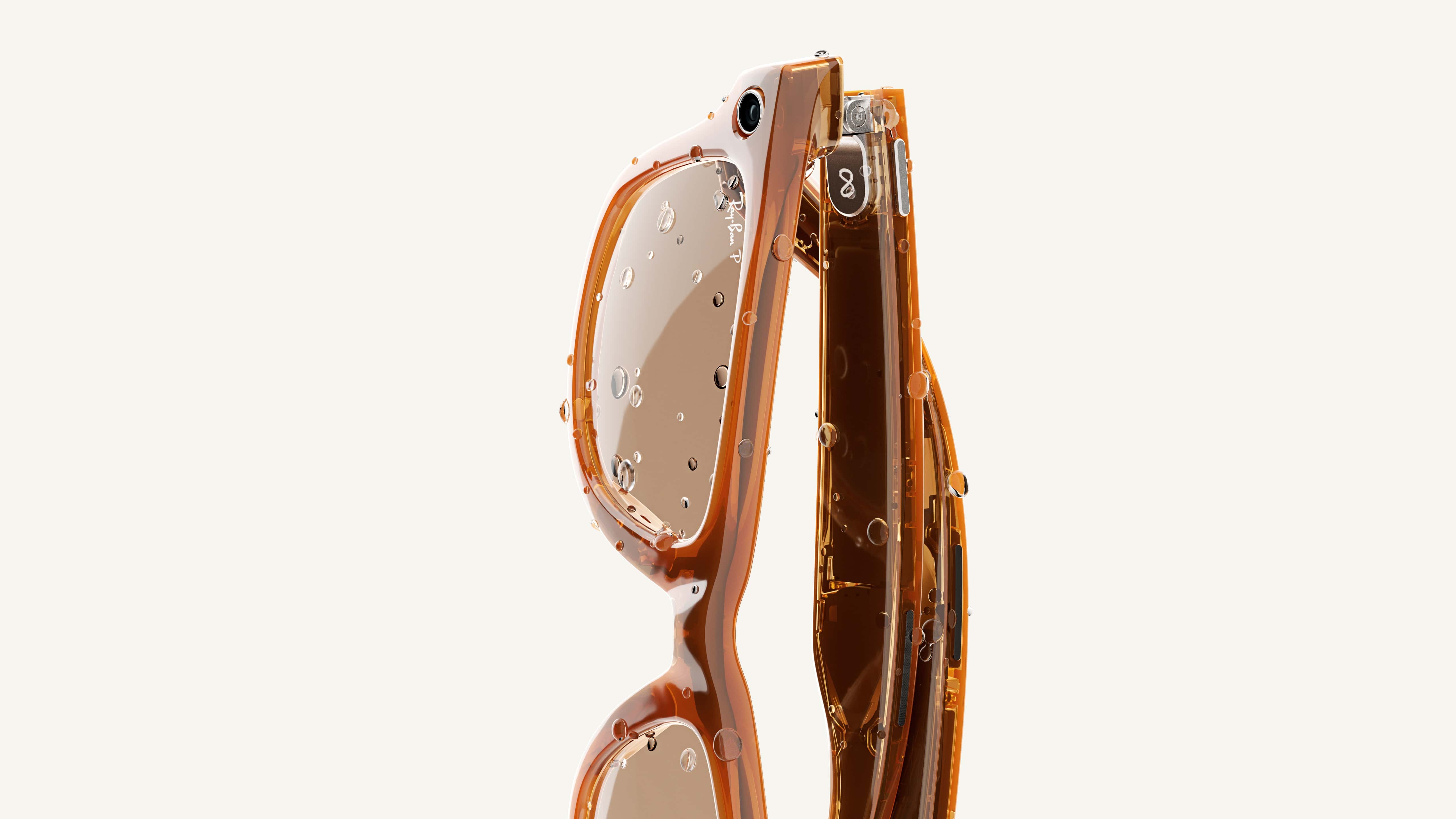After a handful of rumors and speculation suggested Meta was working on a pair of AR glasses, it unceremoniously confirmed that Meta AR glasses are on the way – doing so via a short section at the end of a blog post celebrating the 10th anniversary of Reality Labs (the division behind its AR/VR tech).
While not much is known about them, the glasses were described as a product merging Meta’s XR hardware with its developing Meta AI software to “deliver the best of both worlds” in a sleek wearable package.
We’ve collected all the leaks, rumors, and some of our informed speculation in this one place so you can get up to speed on everything you need to know about the teased Meta AR glasses. Let’s get into it.
Meta AR glasses: Price
We’ll keep this section brief as right now it’s hard to predict how much a pair of Meta AR glasses might cost because we know so little about them – and no leakers have given a ballpark estimate either.
Current smart glasses like the Ray-Ban Meta Smart Glasses, or the Xreal Air 2 AR smart glasses will set you back between $300 to $500 / £300 to £500 / AU$450 to AU$800; Meta’s teased specs, however, sound more advanced than what we have currently.

As such, the Meta AR glasses might cost nearer $1,500 (around £1,200 / AU$2300) – which is what the Google Glass smart glasses launched at.
A higher price seems more likely given the AR glasses novelty, and the fact Meta would need to create small yet powerful hardware to cram into them – a combo that typically leads to higher prices.
We’ll have to wait and see what gets leaked and officially revealed in the future.
Meta AR glasses: Release date
Unlike price, several leaks have pointed to when we might get our hands – or I suppose eyeballs – on Meta’s AR glasses. Unfortunately, we might be waiting until 2027.
That’s according to a leaked Meta internal roadmap shared by The Verge back in March 2023. The document explained that a precursor pair of specs with a display will apparently arrive in 2025, with ‘proper’ AR smart glasses due in 2027.

In February 2024 Business Insider cited unnamed sources who said a pair of true AR glasses could be shown off at this year’s Meta Connect conference. However, that doesn’t mean they’ll launch sooner than 2027. While Connect does highlight soon-to-release Meta tech, the company takes the opportunity to show off stuff coming further down the pipeline too. So, its demo of Project Orion (as those who claim to be in the know call it) could be one of those ‘you’ll get this when it’s ready’ kind of teasers.
Obviously, leaks should be taken with a pinch of salt. Meta could have brought the release of its specs forward, or pushed it back depending on a multitude of technological factors – we won’t know until Meta officially announces more details. Considering it has teased the specs suggests their release is at least a matter of when not if.
Meta AR glasses: Specs and features
We haven’t heard anything about the hardware you’ll find in Meta’s AR glasses, but we have a few ideas of what we’ll probably see from them based on Meta’s existing tech and partnerships.
Meta and LG recently confirmed that they’ll be partnering to bring OLED panels to Meta’s headsets, and we expect they’ll bring OLED screens to its AR glasses too. OLED displays appear in other AR smart glasses so it would make sense if Meta followed suit.
Additionally, we anticipate that Meta’s AR glasses will use a Qualcomm Snapdragon chipset just like Meta’s Ray-Ban smart glasses. Currently, that’s the AR1 Gen 1, though considering Meta’s AR specs aren’t due until 2027 it seems more likely they’d be powered by a next-gen chipset – either an AR2 Gen 1 or an AR1 Gen 2.

As for features, Meta’s already teased the two standouts: AR and AI abilities.
What this means in actual terms is yet to be seen but imagine virtual activities like being able to set up an AR Beat Saber jam wherever you go, an interactive HUD when you’re navigating from one place to another, or interactive elements that you and other users can see and manipulate together – either for work or play.
AI-wise, Meta is giving us a sneak peek of what’s coming via its current smart glasses. That is you can speak to its Meta AI to ask it a variety of questions and for advice just as you can other generative AI but in a more conversational way as you use your voice.
It also has a unique ability, Look and Ask, which is like a combination of ChatGPT and Google Lens. This allows the specs to snap a picture of what’s in front of you to inform your question, allowing you to ask it to translate a sign you can see, for a recipe using ingredients in your fridge, or what the name of a plant is so you can find out how best to care for it.
The AI features are currently in beta but are set to launch properly soon. And while they seem a little imperfect right now, we’ll likely only see them get better in the coming years – meaning we could see something very impressive by 2027 when the AR specs are expected to arrive.
Meta AR glasses: What we want to see
A slick Ray-Ban-like design

While Meta’s smart specs aren’t amazing in every way – more on that down below – they are practically perfect in the design department. The classic Ray-Ban shape is sleek, they’re lightweight, super comfy to wear all day, and the charging case is not only practical, it’s gorgeous.
While it’s likely Ray-Ban and Meta will continue their partnership to develop future smart glasses – and by extension the teased AR glasses – there’s no guarantee. But if Meta’s reading this, we really hope that you keep working with Ray-Ban so that your future glasses have the same high-quality look and feel that we’ve come to adore.
If the partnership does end, we’d like Meta to at least take cues from what Ray-Ban has taught it to keep the design game on point.
Swappable lenses

While we will rave about Meta’s smart glasses design we’ll admit there’s one flaw that we hope future models (like the AR glasses) improve on; they need easily swappable lenses.
While a handsome pair of shades will be faultless for your summer vacations, they won’t serve you well in dark and dreary winters. If we could easily change our Meta glasses from sunglasses to clear lenses as needed then we’d wear them a lot more frequently – as it stands, they’re left gathering dust most months because it just isn’t the right weather.
As the glasses get smarter, more useful, and pricier (as we expect will be the case with the AR glasses) they need to be a gadget we can wear all year round, not just when the sun’s out.
Speakers you can (quietly) rave too

Hardware-wise the main upgrade we want to see in Meta’s AR glasses is better speakers. Currently, the speakers housed in each arm of the Ray-Ban Meta Smart Glasses are pretty darn disappointing – they can leak a fair amount of noise, the bass is practically nonexistent and the overall sonic performance is put to shame by even basic over-the-ears headphones.
We know open-ear designs can be a struggle to get the balance right with. But when we’ve been spoiled by open-ear options like the JBL SoundGear Sense – that have an astounding ability to deliver great sound and let you hear the real world clearly (we often forget we’re wearing them) – we’ve come to expect a lot and are disappointed when gadgets don’t deliver.
The camera could also get some improvements, but we expect the AR glasses won’t be as content creation-focused as Meta’s existing smart glasses – so we’re less concerned about this aspect getting an upgrade compared to their audio capabilities.


















+ There are no comments
Add yours